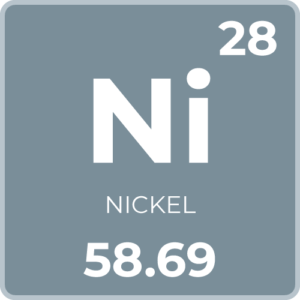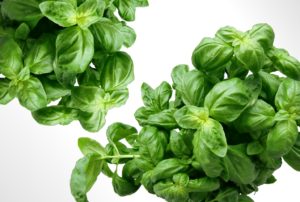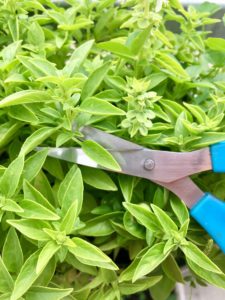Nickel is more than just a metal, it’s also an important micronutrient for plants. It works as a cofactor in many different enzymes. One of the most important roles it has is in the enzyme that actually prevents toxicity from urea within plants. It’s also unique because it’s one of the most recently discovered micronutrients that plants need to live.

What Nickel Does for Plants
Plants don’t need a lot of nickel, which earns it the title of micronutrient. However, the small amounts that they do need go a long way. While it does work as part of various enzymes, urease is the most important. This enzyme prevents urea toxicity by converting excess urea into ammonia, which plants use in several different processes, including nitrogen fixation.
Main roles of nickel in plants:
- Co factor in various enzymes, can replace Zinc (Zn) and Iron (Fe)
- Activates urease (an essential enzyme)
- Aids nitrogen fixation and metabolism
- Allows prevention of urea toxicity
- Plays a role in seed germination
Without nickel, plants simply can’t regulate urea within their systems. As a result, they eventually die and can’t convert nitrogen to a usable form (in this case, ammonia).
How Plants Get Nickel
Nickel is found naturally occurring in most soil, although at very low levels. While many elements are measured in ppm (parts per million) nickel is often measured in parts per billion due to its low occurrence.
While it’s found in low amounts, and plants don’t need much of it, some conditions simply don’t provide the minute amounts needed. In these cases, supplements and fertilizers can be used to correct the issue. These nickel supplements come in chelated form, or as the sulfate form of nickel. When it occurs naturally, nickel takes on its ionic form, Ni²⁺.
Related: What are chelates?
Nickel Deficiency and Toxicity
Because nickel is typically found in lower amounts, it’s rare to see an excess that causes toxicity. Nickel deficiency isn’t very common either, although it can happen. That’s because most plants need very little of it, and don’t suffer as a result of low nickel availability. Because it’s so rare, most fertilizers don’t even include nickel in their solution. If supplements are needed, take great care when applying them. It takes very little to turn a deficiency into an excess. Some mild nickel deficiencies might not even create visual symptoms in plants, and plants simply don’t grow and produce as much.
Signs of nickel deficiency in plants:
- May be no visible symptoms (in mild cases)
- Stunted/reduced growth
- Reduced yields
- Tip burn (scorch)
- Necrosis (tissue death, especially in leaf tips)
- Chlorosis
- Shortened internodes
- Dying branches and shoots
- Weak structure
In many cases, a nickel excess comes from run off or overuse of certain fertilizers. However, while rare, these high levels can occur naturally.
Signs of nickel toxicity in plants:
- Decreased root growth
- Poor or decreased shoot/stem growth
- Symptoms show on new leaves first
- Spotty, blotchy chlorosis
- Interveinal chlorosis
- Spreading necrosis (moving from leaf margins inward)
Nickel toxicity is far more likely to occur in plants growing outdoors than indoors, as there’s a higher chance for contamination due to runoff, chemicals, or even sewage. In water culture systems, it’s a rare occasion to see nickel toxicity. If there are higher levels of nickel, it often happens when the pH of a growing medium becomes too alkaline (too high), and causes the element to accumulate. Make sure to check your pH, and verify that your plants are getting enough of the other micronutrients to start correcting the issue.



